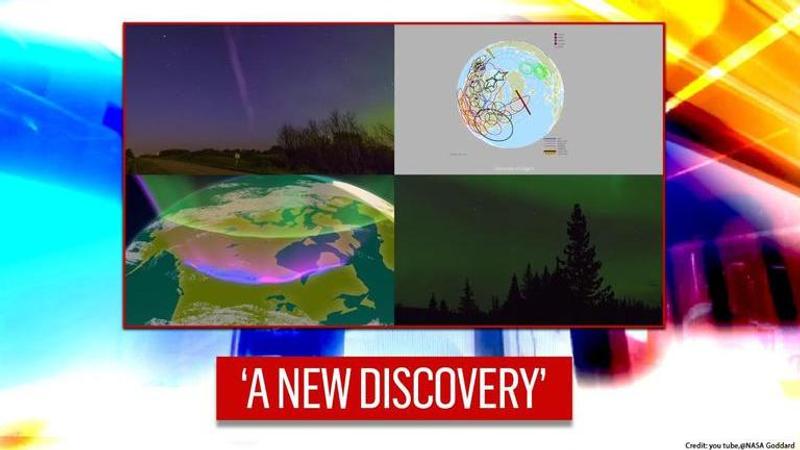Published 12:19 IST, November 18th 2020
NASA reveals 'new discovery' about aurora-like phenomenon STEVE, watch time lapse video
"Thanks to aurora-chasing citizen scientists from around the globe, a new discovery has been made about the mysterious phenomenon STEVE,” NASA informed.

On November 17, NASA shared an update about the fascinating aurora-like phenomenon that depicted the purple ribbon of lights in the sky known as STEVE, or Strong Thermal Emission Velocity Enhancement. Taking to its official handle on Twitter, NASA thanked the citizen scientists from around the globe, as it informed that a new discovery was made related to the mysterious phenomenon STEVE. It further explained that the phenomenon involved a vibrant ribbon of light that formed an arc in the night sky. Explaining further in a release, NASA said that the scientists have found that STEVE is not a normal aurora, or maybe it’s not an aurora at all. “A new finding of the formation of streaks within the structure brings scientists one step closer to solving the mystery,” NASA revealed.
In a paper for AGU Advances, the citizen scientists shared new findings of the mysterious purple light formation, with a green picket fence structure underneath, saying, that the streaks could be “moving points of light, elongated in the images due to blur from the cameras”. According to the new findings, the “tiny little streaks” that were previously thought of as auroras are an optical phenomenon created due to the extreme ion drift speeds.
[NASA Goddard Photo and Video Citizen scientist image of STEVE]
[This pair of images was used for triangulation of the low‐altitude streak with the endpoints labeled R1 and R2. The altitudes were determined by the citizen scientists. Credit: Journal AGU Advances]
[Sequence of 4‐s image samples around the time showing the general propagation of the streaks toward the main STEVE arc, and their general elongation in the direction of propagation.Credit: Journal AGU Advances]
As per the study, the citizen scientists examined the fine‐scale features of the two distinct components of STEVE, one, mauve or whitish arc extended in the magnetic east-west direction, second, the region of green emission adjacent to the arc that forms “picket fence”. It was found that STEVE is, in fact, an ‘atmospheric phenomenon’ caused by supersonic plasma jets flowing at altitudes of more than 100 km.
[STEVE observed with 15‐s exposure on 00:33:22 MDT on 20 March 2017 from location 51.66°N, 112.91°W. Credit: Journal AGU Advances]
'Moving' green columns of light
NASA shared the time-lapse images recorded by citizen scientists to examine fine‐scale structures in STEVE's green emission region. It was found that the STEVE’S streaks had a width of just a few hundred meters and have identical coloration. While Auroras, by contrast, are usually the shimmering green ribbons, the STEVE has green columns of light “moving” through the ribbon-like arc. STEVE's mauve streaks occur due to heated charged particles in the atmosphere, whereas the typical auroras were glowing. The STEVE phenomenon was discovered in 2016 by citizen scientists in western Canada and the aurora-like phenomenon has long been a mystery for scientists. The images shared by NASA were captured over Childs Lake in Canada by the photographer Krista Trinder in the year 2017.
Updated 12:18 IST, November 18th 2020







